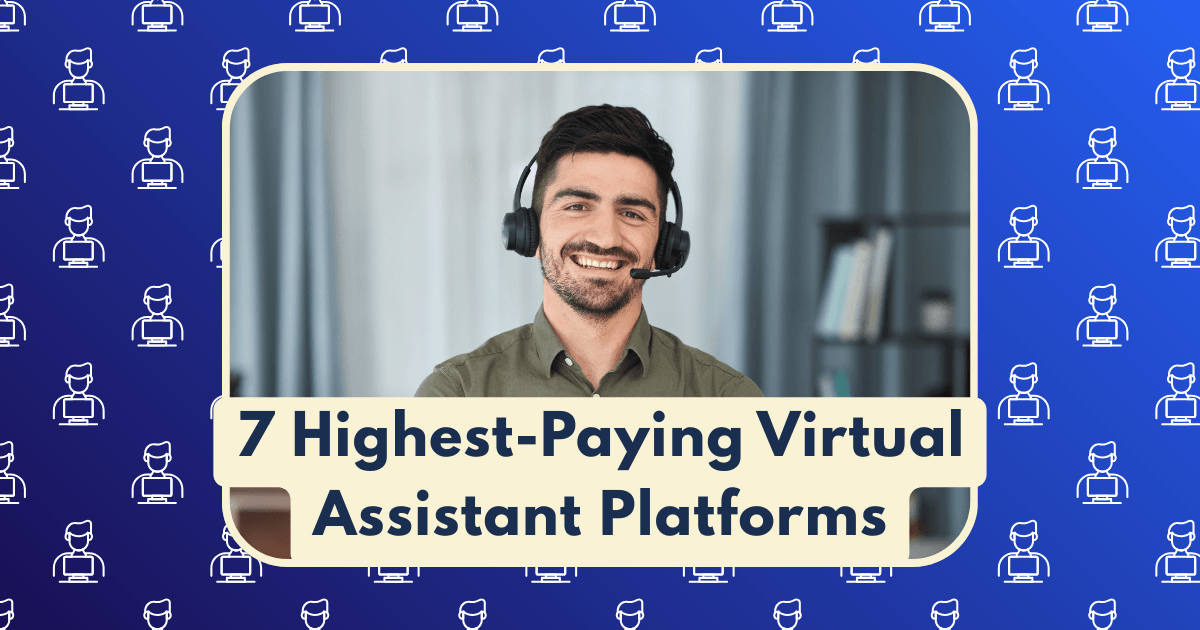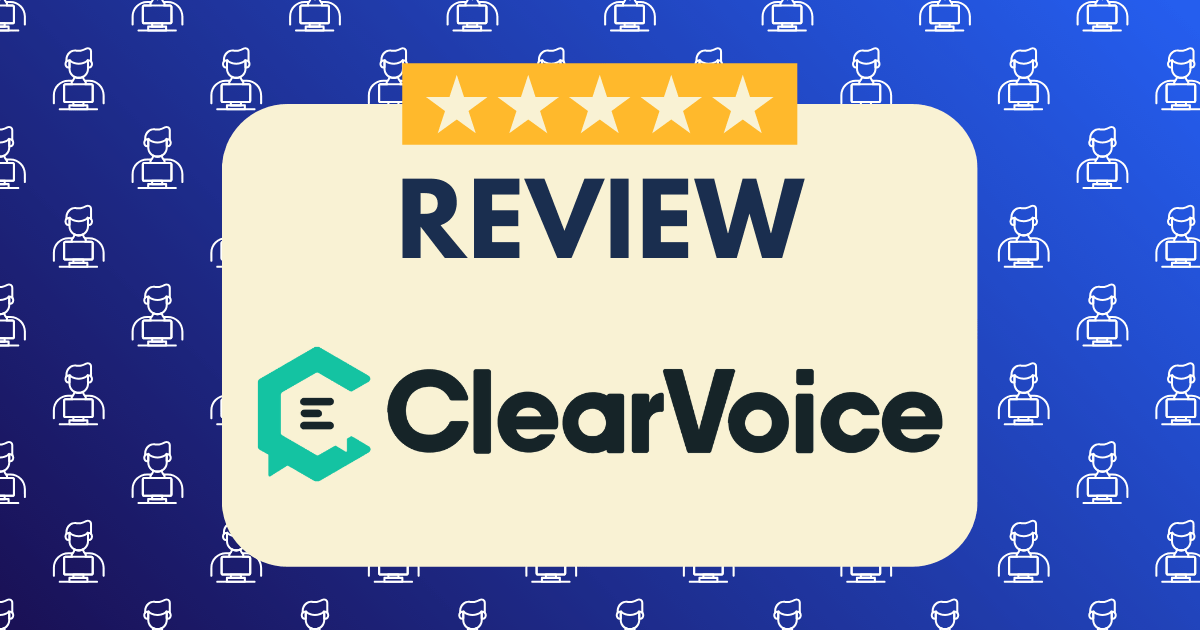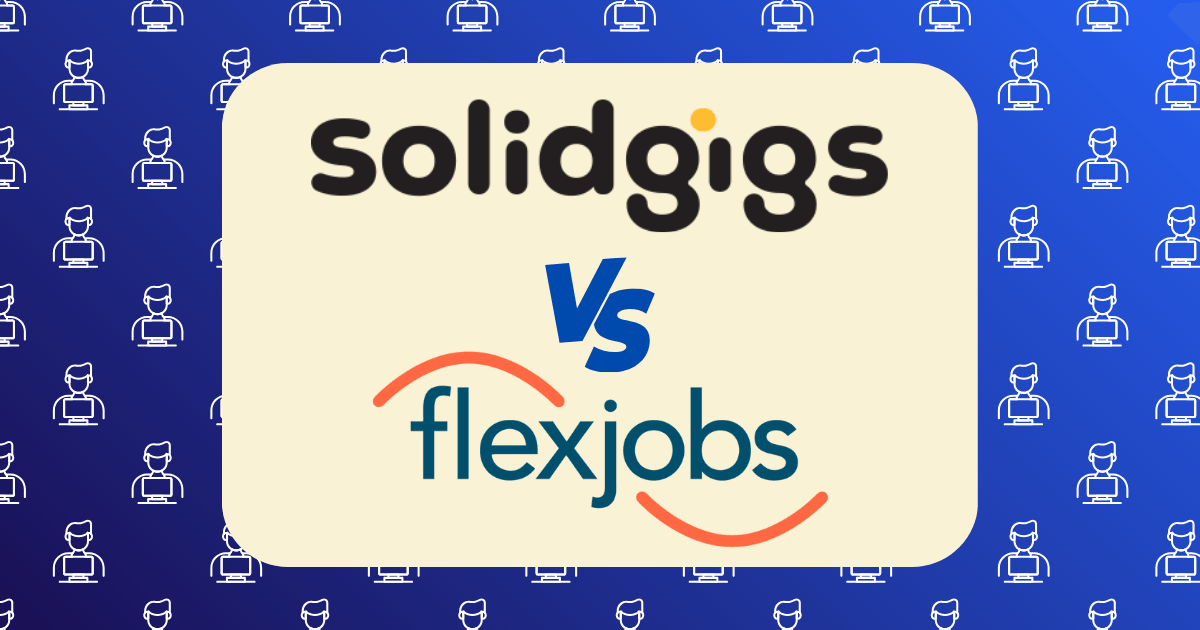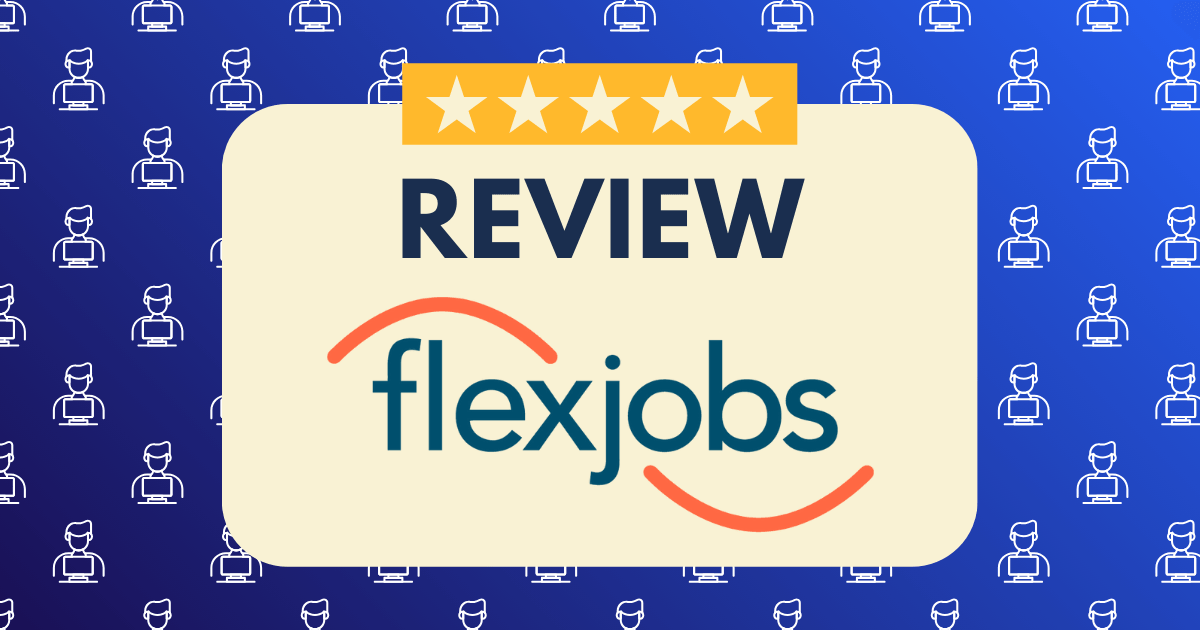Cold Outreach Templates That Converted 35% of My Prospects into Paying Clients
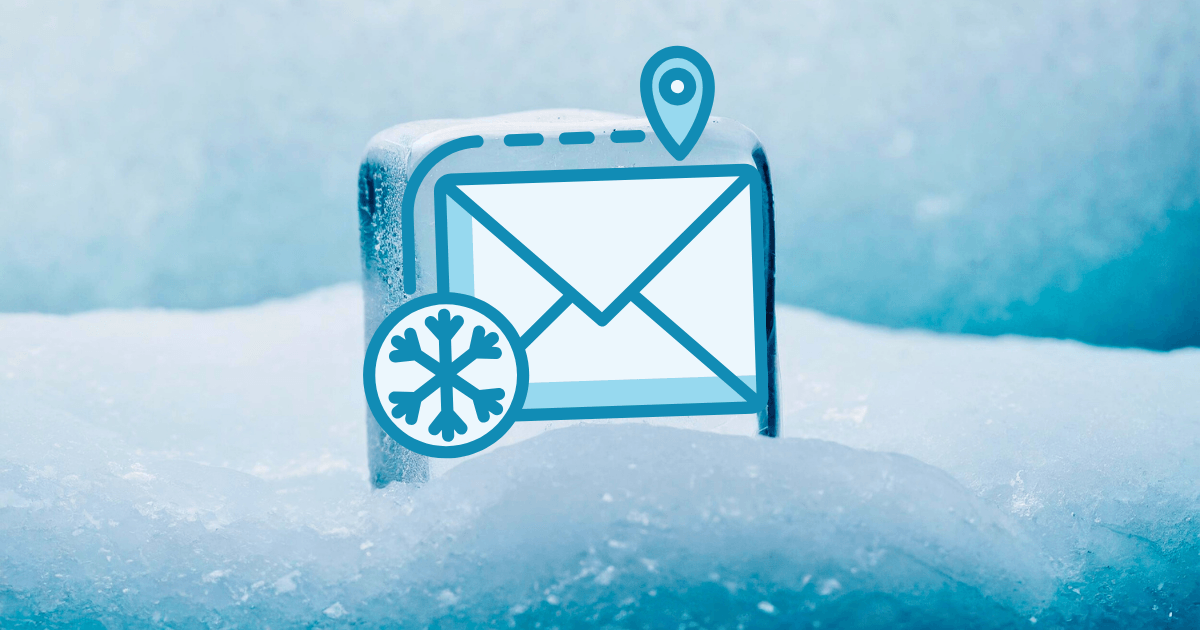
When I first started my consulting business three years ago, my cold email conversion rate was a dismal 2%. Like most entrepreneurs, I was sending generic templates that blended into the digital noise filling decision-makers’ inboxes. Fast forward to today, and my outreach converts at 35% — a rate that transformed my business from constant prospecting to sustainable growth.
This isn’t about “growth hacking” or manipulative tactics. It’s about understanding the psychology of communication and delivering genuine value from the first touchpoint.
Why Most Cold Outreach Fails
Before diving into what works, let’s examine why 92% of cold emails go unanswered. The typical approach treats cold outreach as a numbers game — blast enough emails, and someone will eventually respond. This mindset produces:
- Generic templates that scream “mass email”
- Self-centered messaging focused on the sender’s achievements
- Vague value propositions that don’t address specific pain points
- Awkward, forced personalization (“Hope you enjoyed your weekend!”)
These approaches ignore fundamental psychological principles of persuasion and relationship-building. According to research by Warmup Inbox, successful cold emails must capture attention, deliver value upfront, and feel genuinely personalized.
The Psychology Behind High-Converting Outreach
The templates I’m about to share leverage several key psychological principles:
1. Pattern Interruption
Decision-makers receive dozens of sales emails daily. To stand out, you need to break expected patterns. My templates use unexpected openings, strategic formatting, and personalized insights that signal “this is different.”
2. Cognitive Ease
The human brain prefers processing information that requires minimal mental effort. My highest-converting templates maintain brevity (50-125 words) and use clear, concise language that reduces cognitive load.
3. Perceived Value Exchange
Before asking for time or attention, establish what value you’re providing. This creates reciprocity — one of the most powerful persuasion principles identified by psychologist Robert Cialdini.
4. Social Proof Positioning
We look to others’ actions to determine correct behavior. My templates strategically incorporate relevant social proof that resonates with the prospect’s specific situation.
The Templates That Achieved 35% Conversion
Why it works: This template demonstrates you’ve done meaningful research beyond LinkedIn scanning. The specific observation creates curiosity, while the measured ask feels proportional to the value offered.
Why it works: This template establishes common ground immediately, reducing psychological distance. The specific result creates credibility, while the humble inquiry about being the right contact gives the recipient an easy way to respond.
Why it works: This template leads with relevant value rather than self-promotion. The micro-case study format tells a story that the prospect can immediately relate to their situation, creating both emotional and logical appeal.
The Follow-Up Sequence That Doubled Response Rates
According to EngageBay, proper follow-up sequences can dramatically improve conversion rates. My sequence includes:
This sequence works because it maintains respect while providing multiple opportunities for engagement. The final email releases pressure while still offering value, often triggering responses from prospects who were interested but overwhelmed.
Implementation: From Templates to Relationships
Templates alone won’t get you to 35% conversion. The implementation approach matters just as much:
- Research depth: I spend 10-15 minutes researching each prospect before sending an email, focusing on recent company developments, the prospect’s content, and specific challenges in their role.
- Personalization ratio: Each template contains at least 30% truly personalized content unique to that prospect.
- Segmentation: I’ve created separate template variations for different industries, company sizes, and roles to ensure relevance.
- Testing protocol: I continuously A/B test subject lines, opening lines, and calls-to-action, measuring open rates, response rates, and meeting conversions.
- Continuous refinement: Every quarter, I analyze which templates perform best and refine my approach based on response patterns.
The Mindset Shift: From Mass Outreach to Meaningful Connections
The biggest factor in achieving 35% conversion wasn’t a clever subject line or perfect call-to-action. It was shifting my mindset from seeing cold outreach as a numbers game to viewing it as the first step in a potential long-term relationship.
This approach takes more time upfront but dramatically reduces the total time spent on business development. When your conversion rate is 35% rather than 2%, you need far fewer prospects to achieve the same results.
As BreakCold research shows, hyper-personalized outreach to smaller, more targeted lists (30-80 leads) consistently outperforms mass emailing.
Measuring Success Beyond Response Rates
While a 35% conversion rate is impressive, the true measure of successful outreach isn’t just responses—it’s quality client relationships. My approach has not only increased initial conversion but has led to:
- 78% of converted prospects becoming long-term clients (6+ months)
- 42% increase in average client value
- 65% of new business now coming from referrals from these clients
The initial investment in thoughtful, personalized outreach creates a foundation of respect and value that carries through the entire client relationship.
Start Implementing Today
To implement this approach in your business:
- Select one of the templates above that best fits your offering
- Create a research process for your ideal prospects
- Personalize the template for your first 5-10 prospects
- Set up a tracking system for results
- Implement the follow-up sequence
- Analyze results and refine your approach
Remember that high-converting cold outreach isn’t about tricks or hacks—it’s about genuine value, human connection, and strategic persistence. Master these elements, and you’ll not only improve your conversion rates but build a sustainable business based on meaningful relationships.
What cold outreach strategies have worked best for you? Share your experiences in the comments below.


